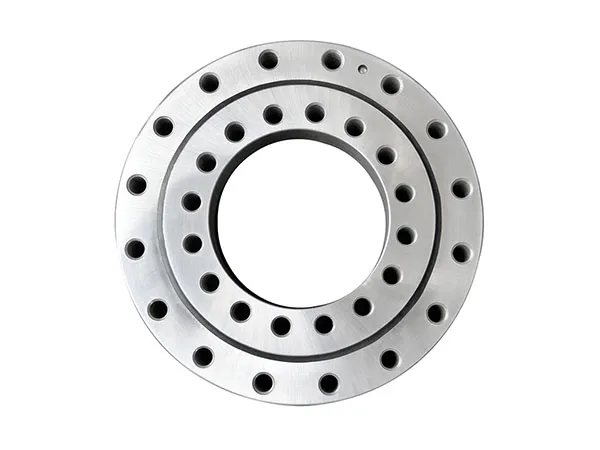En el corazón del equipamiento industrial moderno, Los rodamientos desempeñan un papel crucial como “juntas” que garantizan un funcionamiento mecánico suave y eficiente.. Sin embargo, frente a la amplia gama de tipos de rodamientos, Muchos ingenieros y personal de adquisiciones a menudo quedan perplejos ante la distinción entre "La clasificación de carga estática básica y la clasificación de carga estática básica del rodamiento se refieren a la carga máxima que el rodamiento puede soportar cuando está estático o rotando.” y “rodamientos estándar”. Aunque ambos comparten el objetivo común de reducir la fricción y soportar cargas., Difieren enormemente en la filosofía de diseño., posicionamiento funcional, y aplicaciones prácticas.
Rodamientos giratorios vs.. Rodamientos estándar

Este artículo desmitificará estos dos componentes industriales críticos., profundizar en sus diferencias principales para permitirle tomar decisiones informadas sobre la selección de rodamientos en escenarios industriales complejos. Esto optimizará el rendimiento del equipo y extenderá la vida útil..
I. Rodamientos estándar
Cuando nos referimos a “rodamientos estándar,“En realidad, estamos abordando una categoría amplia que abarca casi todos los componentes estandarizados utilizados para soportar piezas de movimiento lineal o giratorio.. Su propósito de diseño es soportar eficientemente radial, axial, o cargas combinadas. A continuación se detallan los tipos comunes de rodamientos de uso general y sus características.:
El ingenio de los rodamientos: Estos rodamientos convierten la fricción por deslizamiento en fricción por rodadura mediante elementos rodantes de precisión. (p.ej., pelotas, rodillos) Dispuesto entre los anillos interior y exterior.. Los subtipos comunes incluyen:
Rodamientos de bolas: Adecuado para altas velocidades y cargas ligeras a medias., ofreciendo un rendimiento de baja fricción.
Rodamientos de rodillos: Diseñado para aplicaciones de servicio pesado, incluyendo:
Rodamientos de rodillos cilíndricos (alta capacidad de carga radial)
Rodamientos de rodillos cónicos (Alta capacidad de carga radial y axial combinada.)
Rodamientos de rodillos esféricos (Capacidad de autoalineación para adaptarse a la desalineación del eje.)
El arte de los rodamientos estándar:
Estos dependen de lubricantes que forman una película de aceite entre dos superficies móviles para permitir un movimiento deslizante suave.. A menudo fabricado con aleación Babbitt., bronce, o compuestos avanzados, Son adecuados para cargas pesadas de baja velocidad o entornos de carga de impacto..
…
Para obtener información más detallada sobre las pautas de selección de rodamientos giratorios y rodamientos estándar, por favor haga clic para visitar: https://www.mcslewingbearings.com/a/news/slewing-bearings-vs-standard-bearings.html

